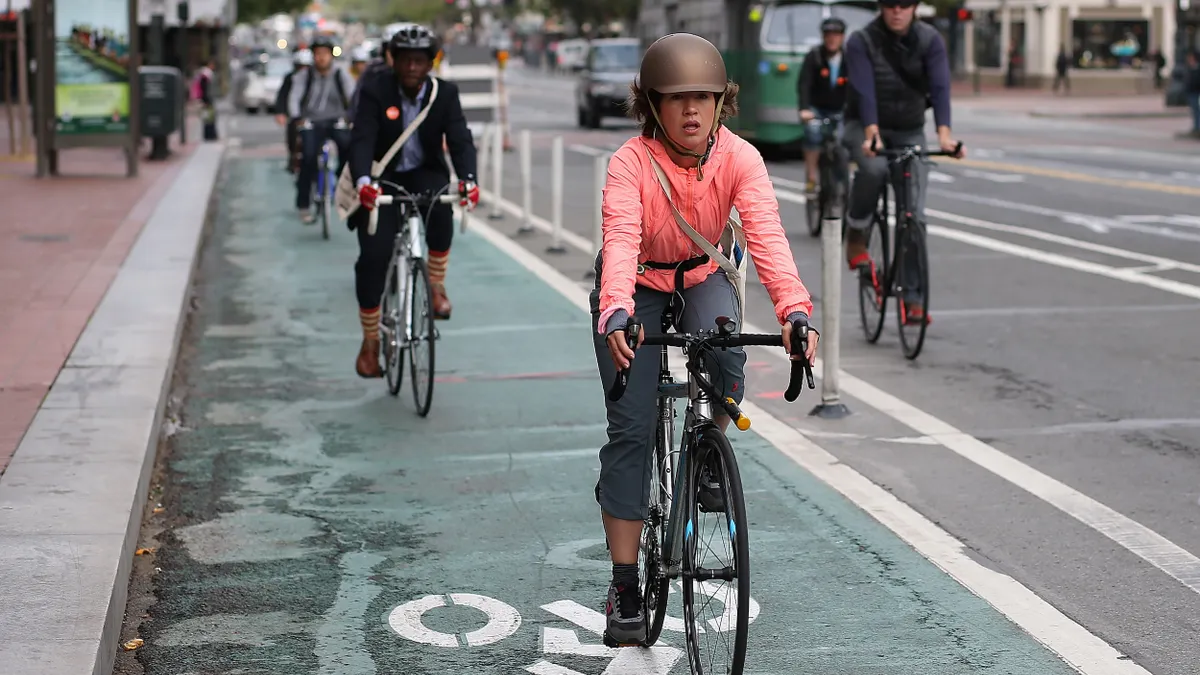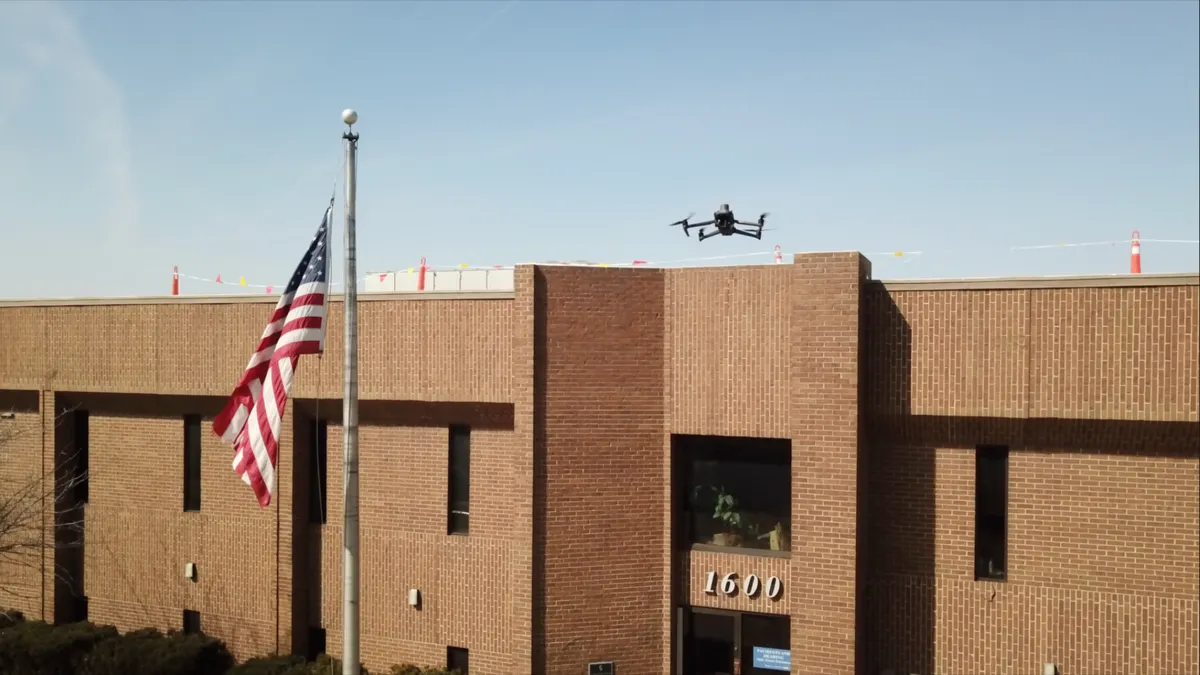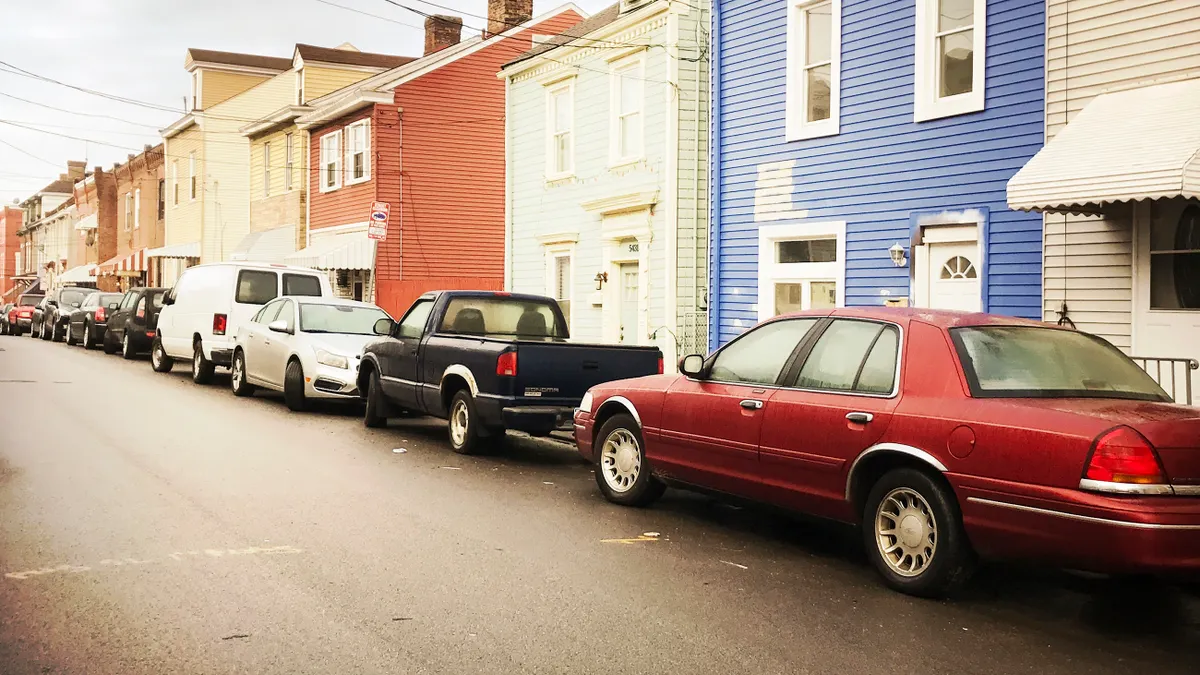Editor's Note: The following is a guest post from Jonathon Ende, founder and CEO of SeamlessGov.
The array of innovative technologies in a modern city’s tool belt is impressive. From data analytics to process automation, these technologies transform the way that city governments and agencies interact with their ever-expanding populations. Form automation serves as the foundation for many of these innovations.
Through automated digital forms, cities can capture unprecedented amounts of useful data, cut back on processing times and use of resources and enhance participation in city services and programs. Cities like Boston, Las Vegas and Mayagüez, Puerto Rico are already feeling the benefits of automation, and many other cities are following their lead.
Here are three ways in which form automation will serve a pivotal role for innovative cities in the coming years.
Streamlining services for larger, more diverse populations
The populations of tomorrow’s cities will be larger and more diverse than today’s biggest metropolises. According to the United Nations, the global population will be 9.7 billion by 2025. By 2065, foreign-born immigrants will represent 18% of the the United States population, up from 14% in 2015, creating more diversity in American cities. In order to provide for the needs of such large and diverse populations, cities will have to streamline numerous processes and services. Form automation will play a key role.
By integrating form automation into their public services, cities have achieved significant gains in efficiency. Form automation has led to as high as a 62% reduction in errors on government forms and an 80% reduction in form completion time and processing time. These efficiencies enable government departments and agencies to serve a higher volume of citizens with a greater breadth of individual needs.
The City of Boston’s affordable housing lottery provides a promising case study into the benefits of form automation. Before the automation of their lottery process, applications could be full of errors or omissions, meaning government staff would have to spend weeks tracking down the individual for correct information. With automated forms, they were able to streamline the application and create greater efficiency for both government workers and citizens.
Boston’s government can now create digital forms, convert existing PDFs and use drag-and-drop systems to empower even the most technophobic employee or applicant. As a result of automating the affordable housing lottery, participation in the program has tripled, while the time it takes to run the process has decreased.
Form automation can streamline numerous different kinds of programs and services. Traffic citation review, for example, can be enhanced and improved, and the previously complex process of building construction applications can be completed in much less time. From waivers and liability forms to finding insurance programs for citizens, form automation will make tomorrow’s cities more efficient and effective.
Promoting data sharing to power innovation
Not only will form automation help a city’s public services, it will also assist in the open sharing of data. Tomorrow’s cities will need open sharing of data in order to optimize their services. With form automation, cities will be able to capture a large amount of data that can be used to drive this optimization.
Open data is beneficial to both the public citizens and the public sector. With open data, citizens can access information through an online public records portal and government employees and elected officials can be held accountable at a higher standard, as citizens will have access to financial information and other records.
While open data can help keep government in check, the government workers themselves can also use open data to improve services by analyzing data. For example, the Grant Reporting Efficiency and Agreements Transparency (GREAT) Act has streamlined reporting of federal grants by using open data as a tool for financial efficiency.
Los Angeles is also using data analytics to enhance services and interactions with citizens. They have created a dashboard that analyzes traffic and use of the city’s websites and portals. This gives them insights that can be used to make digital services more efficient for the individual user.
Continuing to advance open data will inevitably bring more participation among the private sector, as well. Collaboration between public and private organizations will bring greater collaboration and innovation in the coming years, and open data will be used to create new services that cannot even be imagined today.
Paving the path to large-scale automation
Form automation will also be the foundation for large-scale automation in other areas. Thanks to form automation, many other services and operations will be able to be automated, leading to greater efficiencies across the entire slate of government responsibilities.
For example, smart garbage bins are able to notify collection crews when they need to be emptied, so that crews only need to remove the trash where it is needed, rather than sticking to predetermined routes. Instead of driving all over the city, crews can go straight to the right spot, saving time and energy.
There are even robots that can collect bins from the street and bring them to the truck for emptying, furthering the efficiency of this important public service. If automated driving is also introduced, garbage collection could become a completely automated task.
Cities could also utilize form information to become self-repairing. A fleet of repair robots are under development that will spot infrastructure problems and fix them before they become a major issue. This could mean that automated machines could fix potholes without digging up half the road, which would prevent delays and traffic disruption.
Automation will also likely be used to drive the creation of digital personal assistants, which will be capable of analyzing natural language to understand the context of conversations and apply logic to problems. Digital personal assistants could potentially even sense emotions, increasingly their ability to work with citizens in a wide variety of contexts.
These assistants will be able to help residents of tomorrow’s cities find the information they need to complete applications and receive vital government services, and anyone will be able to chat with these automated assistants through a digital contact system. If the automated assistant can’t answer, it will be programed to call a human assistant who can help resolve the issue.
All of the above examples of innovation will be made possible by the ability to capture information and put it to good use, and this will be powered by the automation of digital forms.
Form automation will significantly change the way that tomorrow’s cities interact with their citizens. It will streamline processes, allow for greater data sharing, and build the foundation for large-scale automation of other technologies. Tomorrow’s cities will be dynamic, diverse and exciting, and form automation will be there to make them more efficient and effective for people from all walks of life.
Correction: An earlier version of this story misidentified the UN's estimates of the global population in 2025.

















